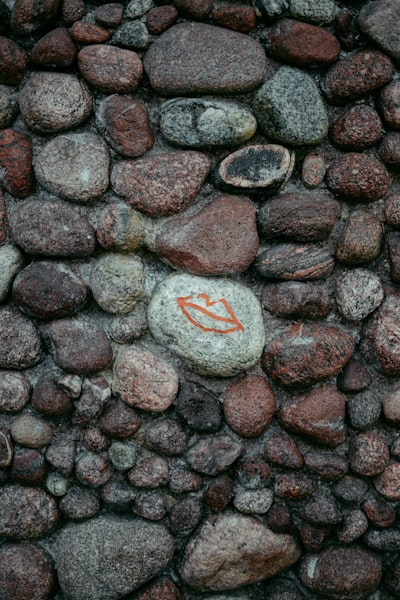Overview
Murujuga, also known as the Burrup Peninsula, is a significant cultural and archaeological region located in the north-west of Western Australia. Renowned for its dense concentration of petroglyphs (rock carvings), the site is one of the world’s most extensive collections of ancient rock art, representing a unique archive of Australia’s Indigenous heritage. The carvings are believed to be up to 50,000 years old, providing invaluable insight into the beliefs, rituals, and lives of Australia’s First Nations peoples.
Significance
The Murujuga rock art holds both artistic and historical importance. The petroglyphs depict a wide range of subjects including human figures, animals, symbolic markings, and the natural environment. Many carvings feature extinct animals, offering direct evidence of the prehistoric fauna and climate of the region. Murujuga is also a site of continuing spiritual and cultural significance for traditional Aboriginal custodians, particularly the Ngarda-Ngarlie people, who maintain deep connections to its landscapes and stories.
Cultural Heritage Protection
Murujuga has been recognized for its outstanding universal value. In July 2025, the site was granted World Heritage status by UNESCO, reaffirming the need for robust protection against threats posed by nearby industrial developments. The area is surrounded by major resource operations, including natural gas and chemical plants, leading to ongoing debates concerning the balance between economic activity and cultural heritage conservation.
Archaeological Research
Archaeological studies at Murujuga have revealed petroglyphs created using a variety of engraving techniques. Research continues to refine estimates of their age, and advances in dating technology have pushed the origins of the art back to some of the earliest known human activity in Australia. The continued documentation and preservation of the art forms the foundation of broader studies on human migration, adaptation, and cultural evolution in the Sahul landmass.
Management and Challenges
The Murujuga Aboriginal Corporation, representing the area’s traditional custodians, plays a central role in managing the site. Initiatives include conservation efforts, cultural tourism, and advocacy for further protective measures. Challenges persist due to industrial expansion, environmental degradation, and the risk of irreversible loss to both tangible and intangible heritage assets. The juxtaposition of international heritage status and industrial usage has made Murujuga a focal point in the global conversation on Indigenous rights and sustainable development.
References
- UNESCO World Heritage Centre: Murujuga Cultural Landscape
- Australian Government Department of Climate Change, Energy, the Environment and Water
- Murujuga Aboriginal Corporation

Comments
No comments yet. Be the first to comment!